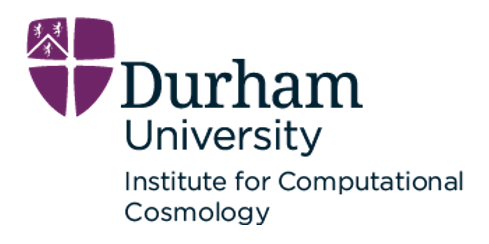Infectious diseases continue to plague populations worldwide. While vaccination has proven to be exceptionally powerful to counter this threat and some infectious diseases have been eradicated or constrained, severe challenges persist with epidemics caused by Ebola, Zika and others, particularly in developing countries.
A recent example is Chikungunya, a virus transmitted by the bite of an infected mosquito. The disease causes crippling headache, vomiting, swelling of limbs and can lead to death.
Formerly confined to sub-Saharan Africa, Chikungunya has recently spread, as its mosquito host leaves its natural habitat due to deforestation and climate change, with recent outbreaks in the USA and Europe.
Researchers from the University of Bristol and the French National Centre for Scientific Research, teamed up with computer technology giant Oracle and vaccine innovator startup Imophoron to find a way to make vaccines that are thermostable (withstand warm temperatures), can be designed quickly and are easily produced.
The research resulted in a new type of vaccine that can be stored at warmer temperatures, removing the need for refrigeration, in a major advance in vaccine technology.
The findings, published in Science Advances, reveal exceptionally promising results for the Chikungunya vaccine candidate, which has been engineered using a synthetic protein scaffold that could revolutionize the way that vaccines are made and deployed.
To validate their design, scientists employed cryo-electron microscopy, a powerful new technique, in Bristol’s state-of-the-art microscopy facility headed by Christiane Schaffitzel, co-author of the study. Cryo-EM yields very large datasets, from which the structure of a sample can be determined at near-atomic resolution, requiring massive parallel computing.
Enabled by Oracle’s high-performance cloud infrastructure, the team developed a novel computational approach to create an accurate digital model of the synthetic vaccine.
University of Bristol IT specialists Christopher Woods and Matt Williams, together with Oracle, implemented software packages seamlessly on the cloud, in this pioneering effort.
Woods explained: ‘We were able to process the large datasets obtained by the microscope on the cloud in a fraction of the time, and at a much lower cost, than previously thought possible.’
Phil Bates, leading cloud architect at Oracle, said: “Researchers have had a long tradition of building and installing their own supercomputers on-premises, but cloud computing is allowing them to run large datasets in record time, with fast connectivity and low latency. This helps them crunch data and make scientific breakthroughs faster. Technologies like machine learning and cloud computing will play a significant part in the scientific world, and we are delighted we could help the researchers with this important discovery.”
“We were thoroughly delighted,’ said Imre Berger, director of the Max Planck-Bristol Centre for Minimal Biology in Bristol. “Our vaccine candidate is easy to manufacture, extremely stable and elicits a powerful immune response. It can be stored and transported without refrigeration to where it is most needed. Intriguingly, we can now rapidly engineer similar vaccines to combat many other infectious diseases just as well.”
Fred Garzoni, founder of Imophoron, said: “Matching cutting-edge synthetic biology with cloud computing turned out to be a winner.”
High Performance Computing (HPC) on Oracle Cloud Infrastructure is enabling scientists and researchers to do more science. Bare Metal compute enables on-premises performance in a flexible cloud environment for HPC applications. Compute, networking and storage are all based on this high-performance paradigm and provide performance at prices that are competitive with on-premises hardware.
HPC pushes the boundaries of compute, networking and storage. Oracle offers compute built on proven Oracle Servers and processors from Intel, AMD, and Nvidia. If the workload requires thousands of cores or specialized processors, Oracle Cloud can accelerate that workload.
Many tightly-coupled HPC workloads rely on ultra-low latency networks. Oracle provides a stable RDMA network that delivers on-premises latency across thousands of cores. In addition to RDMA, the network for non-RDMA traffic is flat and non-oversubscribed.
For bare-metal HPC computing this means no noisy neighbors and predictable performance between nodes, racks and data centers.
Oracle Cloud object and block storage is built on the same high performance compute and networking, which means that there is no additional charge for performance, and high performance file servers can be built on the cloud with performance similar to on-premises. Research, simulation, and engineering high performance computing workloads all over the world are migrating to the cloud seamlessly. Oracle Cloud provides high performance and more flexible costs that can be directly matched to your specific workload.
Learn more:
- Synthetic self-assembling ADDomer platform for highly efficient vaccination by genetically encoded multiepitope display
- HPC on Oracle Cloud Infrastructure
This story appears here as part of a cross-publishing agreement with Scientific Computing World.





